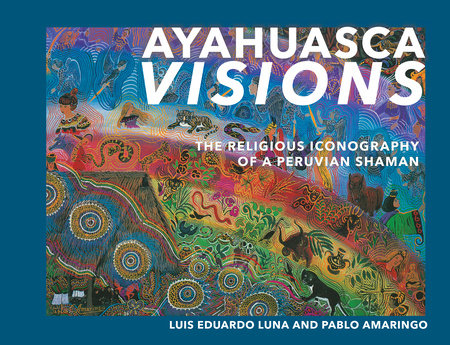In the traditions of every culture, plants have been highly valued for their nourishing, healing, and transformative properties. The most powerful plants--those known to transport the human mind into other dimensions of consciousness--have traditionally been regarded as sacred. When taken in a culturally sanctioned context, such plants can produce important insights into the nature of reality. In The Encyclopedia of Psychoactive Plants, Christian Rätsch details the botany, history, distribution, cultivation, and preparation and dosage of more than 400 psychoactive plants. He discusses their ritual and medicinal usage, cultural artifacts made from these plants, and works of art that either represent or have been inspired by them.
The author begins with full monographs on 168 of the most well-known psychoactives--such as Cannabis, Datura, and Papaver--then presents minor monographs on 135 lesser-known plants. He also explores plants used by indigenous people that have not yet been identified by modern botanists as well as plants and psychoactive substances known only from mythological contexts and literature, such as ephemeron, kykeon, and soma. He offers a thorough discussion (including 20 full monographs) of psychoactive fungi, referred to in ancient times as the “food of the gods” and used by shamans in many cultures for entry to the spirit world. He also covers psychoactive plant products from around the world--smoking blends, alcoholic beverages, snuffs, incense, and ointments. The author concludes with an analysis of the chemical constituents responsible for plants’ psychoactive powers. He is careful to say, though, that the effects of isolated chemical substances are not identical to the psychoactive effects produced by whole plants. Each plant contains a synergistic blend of active constituents--from the shamanic point of view, the plant’s spirit.













